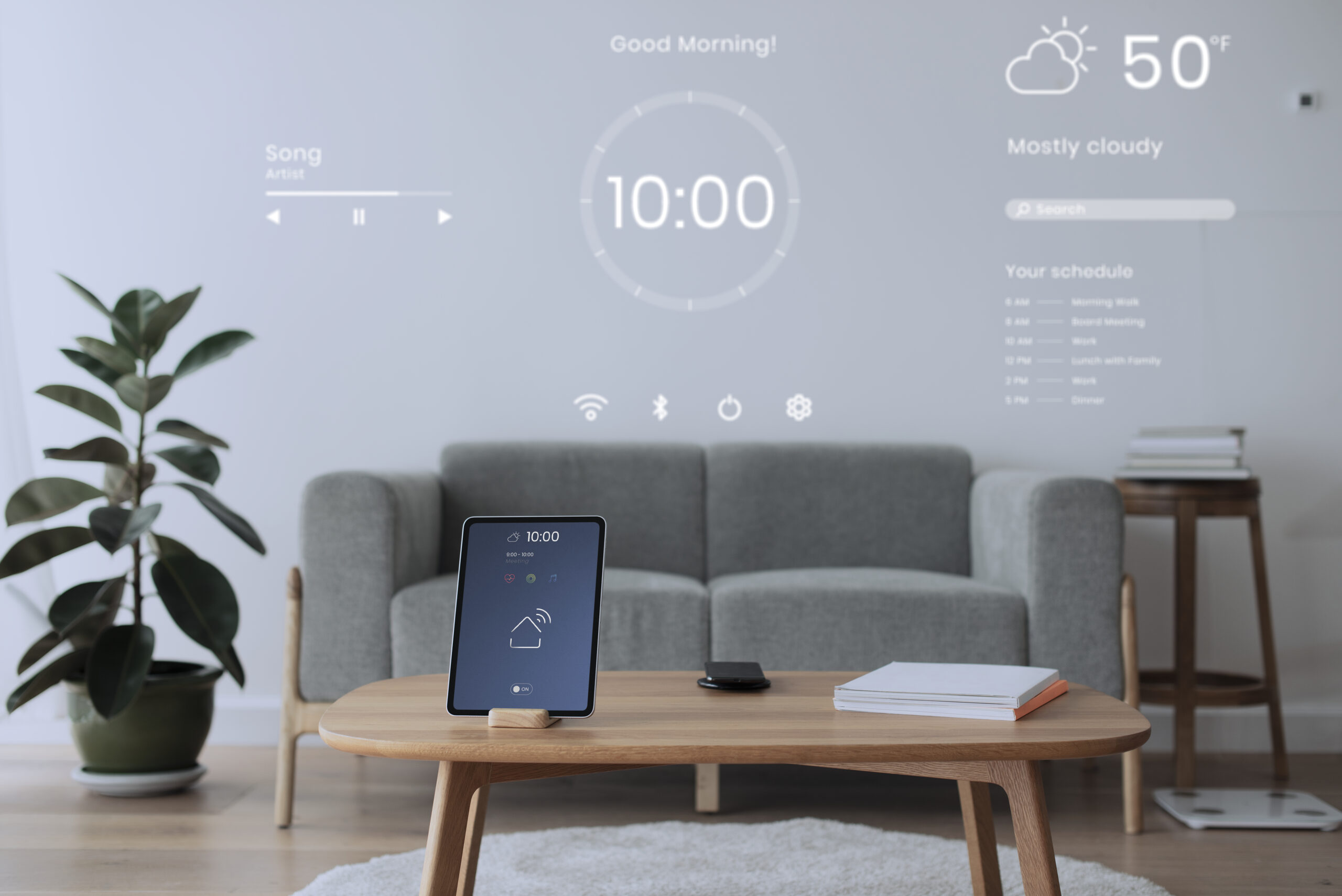In the modern smart home, motion sensors play a pivotal role in improving both security and energy efficiency. These versatile devices detect movement in an area, triggering actions like turning on lights, alerting homeowners to suspicious activity, or controlling appliances. From deterring burglars to saving energy, motion sensors are a cost-effective and reliable addition to any home.
In this article, we’ll dive into how motion sensors work, their role in enhancing home security, and how they contribute to energy efficiency.
How Do Motion Sensors Work?
Motion sensors detect movement using various technologies:
- Passive Infrared (PIR) Sensors
PIR sensors detect changes in infrared radiation, which is emitted by living beings. When someone moves within the sensor’s range, it detects the heat difference and triggers a response.
- Ultrasonic Sensors
These sensors emit ultrasonic waves and measure the time it takes for the waves to bounce back. Any disturbance in the wave pattern indicates movement.
- Microwave Sensors
These sensors emit microwave signals and detect movement through changes in the reflected signal. They are highly sensitive and can cover a larger area than PIR sensors.
- Dual-Technology Sensors
Many modern motion sensors combine two or more technologies, such as PIR and microwave detection, to reduce false alarms and increase reliability.
Enhancing Home Security with Motion Sensors
Motion sensors are a cornerstone of home security systems. Here’s how they help protect your home:
- Deterrence of Intruders
Motion sensors integrated with outdoor lighting systems can deter burglars by illuminating the property when movement is detected. A sudden flood of light is often enough to make intruders think twice about proceeding.
- Triggering Alarms
Motion sensors can trigger alarms when unauthorized movement is detected inside or around the home. This immediate response helps alert homeowners and scare off potential intruders.
- Real-Time Alerts
Many smart home systems use motion sensors to send real-time notifications to your smartphone. This allows you to monitor your property from anywhere and respond quickly to potential threats.
- Integrating with Security Cameras
Motion sensors can work in tandem with security cameras, activating them only when movement is detected. This not only saves storage space but also ensures you capture relevant footage of any suspicious activity.
- Protecting Vulnerable Areas
Motion sensors can be strategically placed to monitor vulnerable areas such as windows, doors, or driveways. This adds an extra layer of protection to your home.
Boosting Energy Efficiency with Motion Sensors
In addition to enhancing security, motion sensors are a powerful tool for improving energy efficiency. Here’s how:
- Automating Lighting
Motion sensors can be connected to indoor and outdoor lighting systems, ensuring lights turn on only when needed. For example:
- Indoor Applications: Lights in hallways, bathrooms, or basements can automatically turn off when no one is present, reducing energy waste.
- Outdoor Applications: Outdoor motion-activated lights provide visibility and safety without requiring constant illumination, saving energy.
- Optimizing HVAC Systems
Some advanced home automation systems use motion sensors to detect occupancy and adjust heating or cooling accordingly. Rooms that aren’t in use can be excluded from climate control, reducing energy consumption.
- Powering Down Electronics
Motion sensors can be integrated with smart plugs or outlets to power down devices when no motion is detected for a set period. This is especially useful for reducing phantom power consumption from devices like TVs and gaming consoles.
- Reducing Light Pollution
Outdoor lights left on overnight can contribute to light pollution and waste electricity. Motion-activated lights ensure that outdoor areas are illuminated only when necessary, minimizing waste and environmental impact.
Choosing the Right Motion Sensors for Your Home
When selecting motion sensors, consider the following factors:
- Coverage Area
Evaluate the size of the area you want to monitor. PIR sensors are great for small to medium-sized areas, while microwave sensors cover larger spaces.
- Sensitivity Settings
Choose sensors with adjustable sensitivity to reduce false alarms caused by pets, blowing curtains, or other minor movements.
- Integration with Smart Home Systems
If you have a smart home system, opt for motion sensors compatible with platforms like Alexa, Google Home, or Apple HomeKit. This allows seamless automation and control.
- Indoor vs. Outdoor Use
Ensure the sensors you choose are designed for their intended location. Outdoor sensors should be weather-resistant and durable.
- Power Source
Decide between wired or battery-powered sensors. Battery-powered sensors are easier to install, but wired ones offer more reliability in the long term.
Tips for Effective Use of Motion Sensors
- Strategic Placement: Install motion sensors at entry points, hallways, and areas prone to unauthorized access.
- Adjust Sensitivity: Fine-tune sensitivity settings to minimize false alarms from pets or environmental factors.
- Regular Maintenance: Clean the sensors regularly to ensure optimal performance and check for obstructions that might block their range.
- Test Periodically: Test your sensors to ensure they’re functioning properly and providing accurate detection.
Conclusion
Motion sensors are a versatile and invaluable addition to any home, offering significant benefits in terms of both security and energy efficiency. By automatically responding to movement, these sensors enhance safety, deter potential threats, and help reduce energy consumption. With the right setup and regular maintenance, motion sensors can make your home smarter, safer, and more efficient.
Investing in motion sensors is a simple yet effective way to protect your home and contribute to a more sustainable lifestyle. Whether you’re upgrading your security system or optimizing energy use, motion sensors are a smart solution for modern living.
For more options and to explore our full range of high-quality sensors, visit our shop page and discover more.


